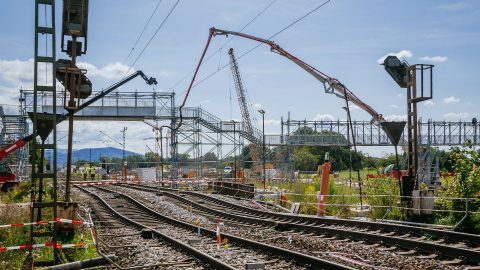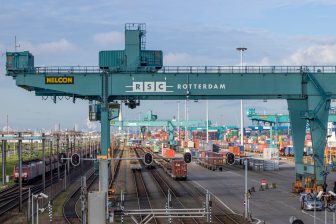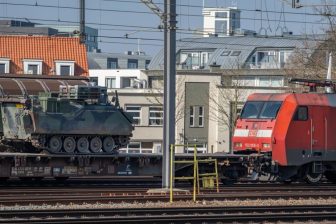
New guidelines for Temporary Capacity Restrictions approved
RailNetEurope has approved guidelines that will ensure a more integrated European rail network. It concerns the Guidelines for Coordination/Publication of Planned Temporary Capacity Restrictions’ (TCR Guidelines), coming into effect as of timetable period 2019. All European infrastructure managers will have to abide by the same rules when they carry out projects that temporary affect capacity on their network.
Scope of the guidelines
In a meeting on 16 May 2018, the RNE General Assembly approved the new legislation, which is a revision of Annex VII of the Directive 2012/34/EU. Mainly, the new rules force infrastructure managers to involve known and potential applicants, main operators of service facilities and other infrastructure managers affected by the restriction at an early stage.
“Temporary capacity restrictions are necessary to keep the infrastructure and its equipment in good condition and to allow infrastructure development in accordance with market needs. Hence, TCRs are in the best interest of all stakeholders. However, the overall goal is to have the traffic flow despite the capacity-reducing effects of re-investing into the rail infrastructure with the stakeholders’ specific interests in mind”, the piece reads. The TCR Guidelines can be read here.
Re-design of the International Timetabling Process
At the same time, the RNE General Assembly also agreed to several important development steps for the ambitious Re-design of the International Timetabling Process project, in short TTR. This project aims to “remedy the unsatisfactory situation where international train operations are difficult to coordinate due to a lack of harmonised timetabling procedures between European countries”.
RNE approved the conceptual phase 2 of the project. During this process, the old and new timetabling procedures will be in place with regards to the timetable period 2020. Measures will be taken to avoid disturbances on the lines still using still the existing timetabling process. The final phase will be the gradual implementation of the new timetable, which is scheduled to be concluded by the end of 2024. Temporary capacity restrictions should be included in the new timetable.





